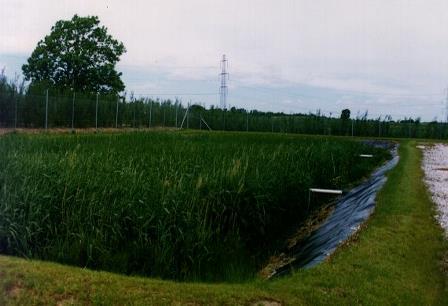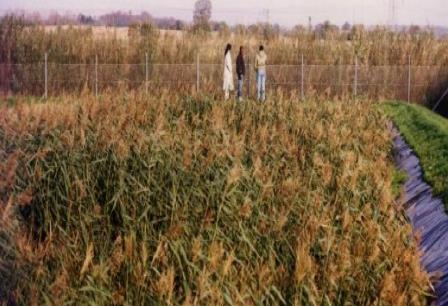
Sludge
Treatment and disposal of sludge are major factors we consider in design and operation of all sludge treatment plants. The two basic goals of treating sludge before final disposal are to reduce its volume and stabilize the organic materials. Organic substances in waste are degraded with the application of air, whereby an effective decomposition into loam is achieved.

Mineralising organic matter
When mineralising organic matter in the sludge, 60-70 per cent of the dry matter is transferred into CO2, oxygen, free nitrogen and partly dewatered soil particles. Part of the released carbon dioxide is re-assimilated into plants and microbes through photosynthesis.
The sludge is dewatered, depending on the local climate, to a dry matter content of 35% to 60% within two to three weeks. In the long term the sludge will be reduced to 2-4% of the originally applied volume. This reduces management costs such as handling, transport, final deposition etc.
Experience reveals that sludge mineralisation plants under temperate climate will metabolise 6-8 m3/m2/year at a high dry matter level and 20-40 m3/m2/year at a low dry matter level. Under hot climate capacity is up to double.
References
Mineralisation plants for municipal waste water treatment plants:
- Karlebo-Denmark
- Fredensborg-Denmark
- Slangerup-Denmark
- Glumsø-Denmark
- Gelsted-Denmark
- Ejby-Denmark
- Brenderup-Denmark
- Harndrup-Denmark
- Tørring-Denmark
- Åle -Denmark
- Inwald -Polen